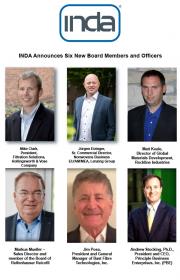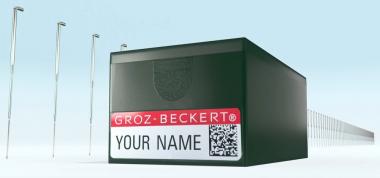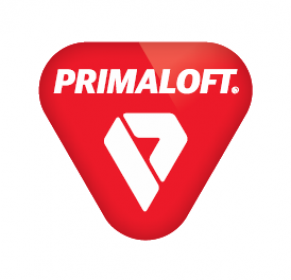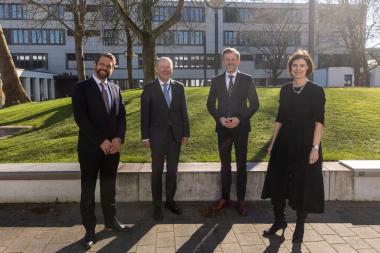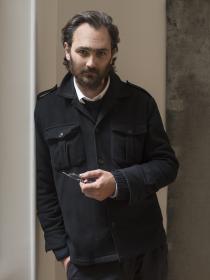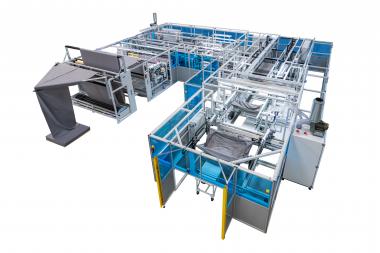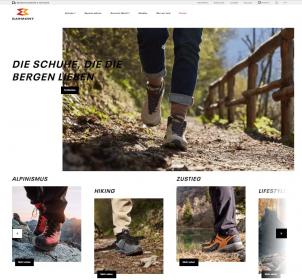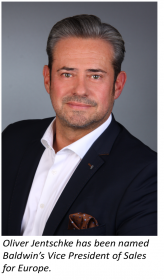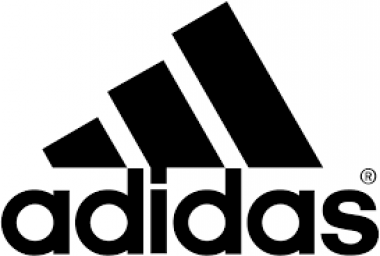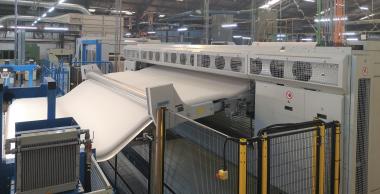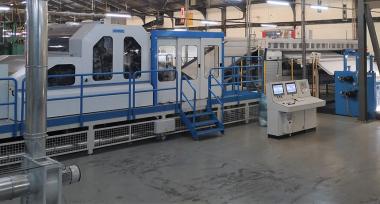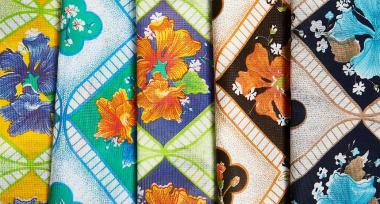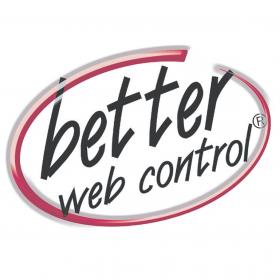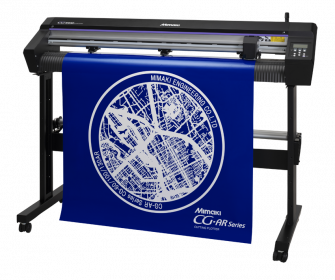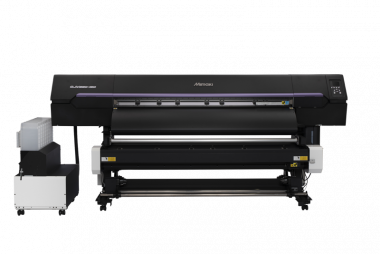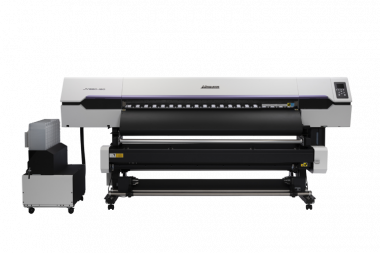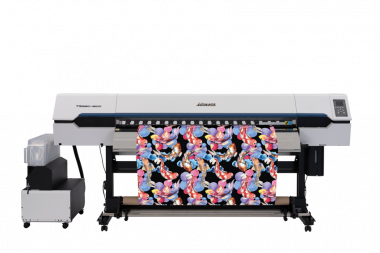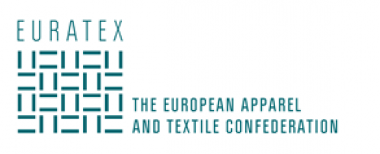INDA Announces Six New Board Members and Officers
- INDA, the Association of the Nonwoven Fabrics Industry, today announced six new board members and its 2022 slate of officers to guide the success of the nonwovens industry and its members.
Elected by the INDA membership to three-year terms that began on March 1, the new board members bring a high level of diverse expertise and insight to the management of the association as it moves forward with its vibrant growth.
“I am delighted to welcome such a strong group of new board members who bring deep industry knowledge and insights to provide strategic stewardship for our association,” said Dave Rousse, INDA President. “We look forward to working with them to advance INDA’s new value proposition to enhance our industry’s leadership position and deliver greater value to our members.”
The new board members are from global leaders Lenzing Group, Bast Fibre Technologies, Reifenhauser Reicofil, Rockline Industries, Hollingsworth & Vose Company and Principle Business Enterprises.
INDA also announced Bryan Haynes, Ph.D., R&E Technical Director Kimberly-Clark, has been named Chairman of the Board. Barbara Lawless, Vice President Sales and Marketing, Medical Products, Precision Fabrics Group, Inc. has been elected Vice Chair of Finance, and Richard Altice, President and CEO of NatureWorks, has been appointed to INDA’s Executive Committee.
The new board members are:
- Jürgen Eizinger, Senior Commercial Director, Nonwovens Business EU/AM/MEA, Lenzing Group
Eizinger has nearly 20 years of fiber industry experience. He has been with the Lenzing Group since 2001 and most recently was Vice President of the Global Nonwoven Business. He has worked at multiple locations around the world and held various commercial, engineering and technical customer services roles.
- Jim Posa, President and General Manager, Bast Fibre Technologies, Inc.
Posa has 30-plus years of nonwovens experience and has successfully led businesses from startups to some of the largest companies in the nonwovens market. He has developed and implemented strategic business, development, operational and acquisition growth plans. His teams have worked with businesses focused on most of the major end use markets such as hygiene, wipes, filtration, medical and industrial. As a senior executive, Posa has led global businesses at Fiberweb, BP/Amoco, CEO of a Nisseki/Amoco joint venture (ANCI), Lydall, and Nitto America. A long-time INDA supporter, he has previously served on committees and as a Board member.
- Markus Mueller – Sales Director and Board Member, Reifenhauser Reicofil
Mueller brings to the INDA Board 35 years of experience with Reifenhauser in the nonwovens and film industries. His experience has included roles as PLC Engineer, Commissioning Engineer, Project Manager and Sales Manager. Mueller has extensive knowledge of the global hygiene and medical nonwovens markets. He holds a degree in Electrical Engineering from the Technical University of Cologne.
- Matt Koele, Director of Global Materials Development, Rockline Industries
Koele is based at Rockline’s headquarters in Sheboygan, WI. Before joining Rockline in 2012, he has held several business and Research and Development (R&D) leadership positions at SC Johnson and Kimberly-Clark Corporation. An inventor with over 10 patents, Koele is a magna cum laude graduate of Michigan Technological University in Chemical Engineering.
- Mike Clark, President, Filtration Solutions, Hollingsworth & Vose Company
Clark joined H&V in 2003 and has held numerous leadership positions in the U.S. and Germany. He previously served as the President of the High Efficiency and Specialty Filtration Division from 2009 to 2020. Before joining H&V, Clark was a strategy consultant for eight years working with Fortune 100 manufacturing companies. He holds a bachelor’s in Mechanical Engineering from Rensselaer Polytechnic Institute.
- Andrew Stocking, Ph.D., President and CEO, Principle Business Enterprises, Inc. (PBE)
Stocking joined PBE in 2017 after a career in engineering, technology, nonprofits and government. He was named President and COO in 2018, then President and CEO in 2020, becoming the third-generation leader of the family-owned organization. He previously held roles in the private sector and within federal government offices, including the Department of Energy and Congressional Budget Office. He earned a BS in Chemical Engineering and an MS in Civil Engineering from Stanford University, and a Ph.D. in Resource Economics from the University of Maryland.
The 21-member board is comprised of elected Board Officers. One-third of the entire Board is elected each year for a three-year term by a majority vote of INDA’s general membership. INDA’s Executive Committee, empowered to act on behalf of the Board between meetings, consists of the Board Officers plus four appointees.
INDA, Association of the Nonwoven Fabrics Industry


